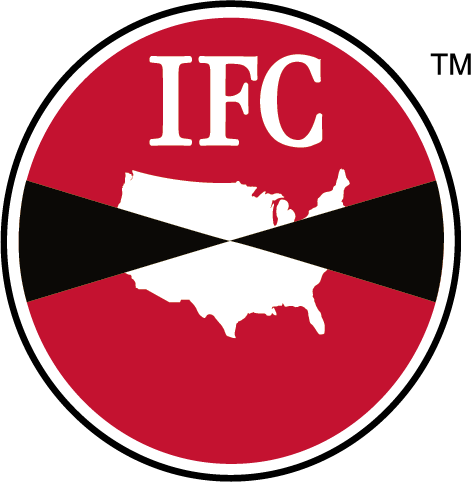UNDERSTANDING AND EXPLOITING THEIR ECOLOGY
The most fundamental aspect of pest management is identification of a pest or threat and understanding enough about their biology to bring the right management options to bear to correct or prevent infestations. Each pest species has its unique ecology. Understanding the fine differences is critical to resolving roach situations.
GERMAN ROACHES
German roaches tend to be the worst threats. They are among the most prolific of roaches, so populations can explode quickly if they find a good habitat. Their small size allows them to find more harborages than other roaches. German roaches spend most of their lives in moist, dark cracks and crevices close to food sources. Very young German roaches may not leave harborages until they are older, feeding on adult feces and secretions back in the harborage.
Food processing plants present a daunting challenge among all the equipment, pipes, wall penetrations and processing operations to figure out an efficient plan of attack. Careful inspection is key to identifying different harborages and hot spots of infestations. It may not be feasible to properly and thoroughly treat an entire plant, so control measures often need to be focused on the hot spots. Not every crack and crevice will be an active harborage, but identify them for follow-up sealing. Inspect with a flashlight and tiny burst applications of a pyrethrin flushing aerosol. Deploy lots of glue boards, including glue board wraps around pipes. These can determine routes and directions of travel and tell an inspector some things about the population. Hot spots can sometimes be found in surprising places: hollow doors, insulation seams of steam pipes and, of course, cracks behind wall panels or shields, hollow equipment legs and various other voids in equipment or structures.
Clean up sanitation issues that attract roaches as best as possible and correct excessive moisture conditions. Seal cracks to eliminate access to harborages. Baits have been the pesticide formulation of choice for roaches for the past 25 years or so. Baiting for German roaches needs to be intensive with small bait placements spaced not much more than a couple feet apart. Therefore, extensive baiting may not be feasible in many food processing situations. Adult roaches that feed on many modern roach baits produce toxic feces, secretions and dead bodies back in the harborages that control young roaches that have not come out yet. Crack and crevice residual insecticide applications into appropriate voids were the standards for roach control for many years and remain a feasible approach in food processing. Space treatments can provide some relief and the resulting dead bodies can help point to hot spots, but these treatments will not reach into deep harborages to get to the root cause and source of a problem.
AMERICAN ROACHES
Roach problem #2 tends to be the American cockroach. This large roach is an indoor-outdoor species, so it is out in nature during certain times of the year. It is content living in mulch and decaying vegetation. It is always a potential invader. American roaches are fond of warm utility steam tunnels, boiler rooms and certain drains or sewers, so these can be the kinds of areas to focus treatments. Food sources for American roaches can range from food products or ingredients to the drain residues that they find on more natural habitats. Baits are good choices for American roaches, but beware that this species is large with a large appetite, so adequate quantities of bait need to be provided. Drain cleaning, residual applications outdoors or in tunnels and approved dust applications into manholes are other techniques especially good for American roaches.
ORIENTAL ROACHES
Oriental roaches can also be a somewhat indoor-outdoor species, but they like dark, cooler environments such as crawl spaces, cooler cellars and drains. Control tactics would be similar to those for American roaches.
WOOD ROACHES AND OTHERS
Wood roaches are increasingly documented in food processing. Most often, they are among the large complex of night flying insects captured in insect light traps. Distinguishing between an invader wood roach and a similar-sized German roach is distinguishing between very different threat levels. There have been a few situations with certain wood roaches infesting poorly designed wall and roof structures where dampness and rotting wood are present – not unlike the mulch or rotting vegetation of their natural habitat.
One more noteworthy roach is the brown banded roach. Similar in size to a German roach but with other distinguishing identification features, the brown banded roach prefers office and library types of environments. Glue on book bindings, envelopes, etc. are favorite foods. It is easiest to visualize the difference in environments between German and brown banded roaches with a residential example: German roaches will be most likely found in kitchens and bathrooms where those warm, moist harborages close to food are present, while brown banded roaches will more likely be in offices, libraries, etc. that are dryer and less rich in human food than the German roach prefers.




